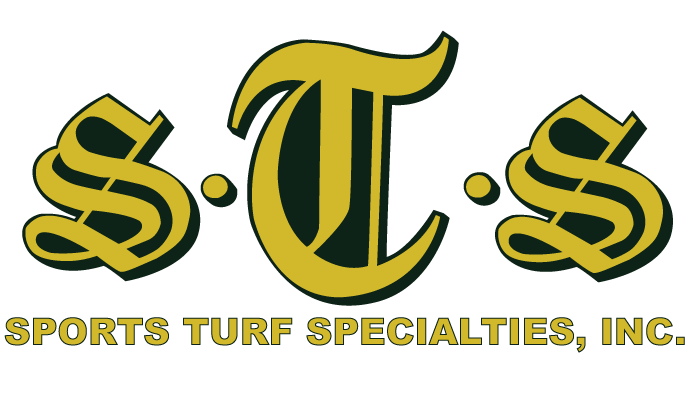
Turfgrass Cultivation
Playability and safety are everything; aesthetics are third. We want our fields to perform at their highest level every time the team takes the field. Consistent turfgrass cultivation of the playing surface will help the plants recoup and recover. If you work it all the time, it will work for you all the time.




Aeration
Core & Solid Tine Aeration is extremely important on athletic fields due to high activity levels during all weather conditions. Aeration provides air movement through the soil and increased water and fertilizer penetration below the thatch layer. The process involves a tractor mounted aerator that is hydraulically driven to penetrate the soil to relieve soil compaction to a depth of 3-4".
The core aerator creates holes in the turf by physically removing "plugs" through the thatch layer allowing the plant roots to grow deeper and stronger to withstand disease, summer heat stress, and limit soil compaction prohibiting weeds from establishing. Solid Tine Aeration is a great option to be used during the athletic playing season to provide positive results without disrupting planned athletic events.
Aeration tines are available in 1/2", 5/8", 3/4" or a desired size preferred by the field manager. Hole spacing can be modified by adjusting the tractor ground speed for more or less aggressive or tighter spacing.




Deep Tine Aeration
Deep tine aeration, otherwise known as "Verti-Draining", is the process of relieving soil compaction at depths of 6-12", creating deep channels in the soil allowing surface water to flow into subsurface drainage. These channels, created by the tines, allow oxygen into the soil and gases to escape improving deep root development.
This service usually occurs after heavy compaction from field construction or at the end of field use each year. Verti-Core aeration also available, if preferred, by field manager.




Topdressing
Topdressing is the process of applying material over the turf using a tractor with a tow behind low ground pressure drop or broadcast topdresser. The topdressing material recommended for athletic fields is 2 millimeter sand to control thatch layer, allowing soil microorganisms to breakdown the thatch layer. This process is important, along with core aeration, to prohibit the thatch layer from developing thicker than 1/2".
Topdressing benefits the soil structure by filling aeration holes with sand to improve the movement of surface water, oxygen, and distribution of nutrients to the root system.
